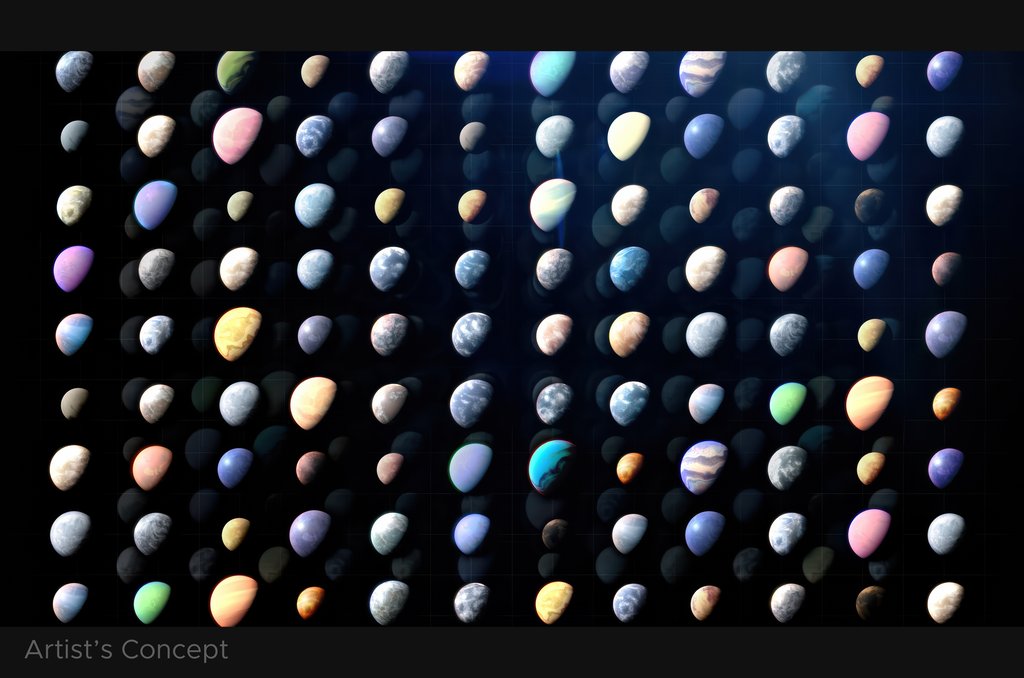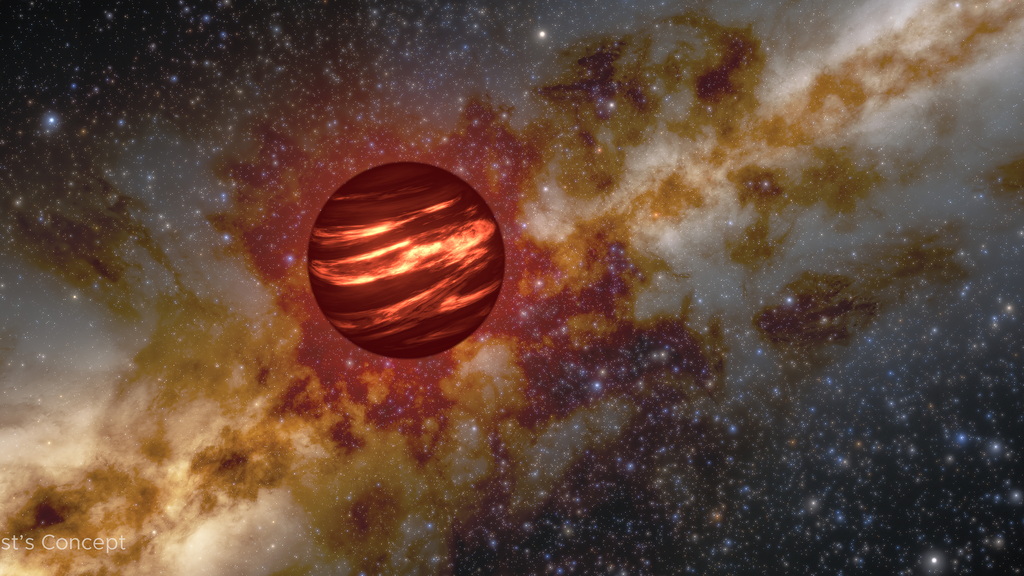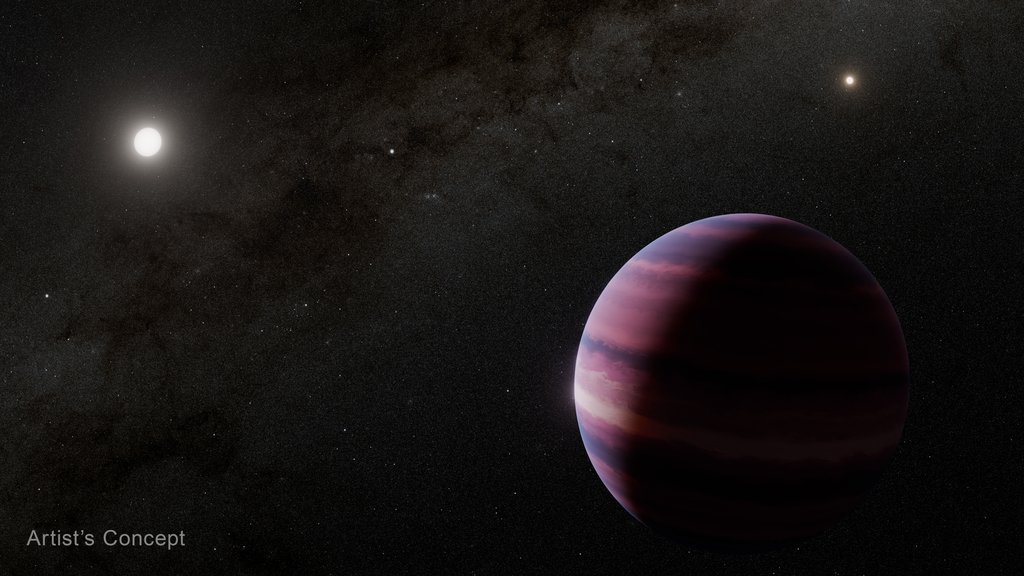
Exploring Exoplanets
JPL's Search for New Worlds
Exoplanet Exploration at JPL
JPL is at the forefront of a burgeoning and fascinating endeavor — developing technologies to hunt for exoplanets, which are planets beyond our solar system.
Breakthroughs in the 1990s by the world science community confirmed that our Sun, the star at the center of our solar system, is not the only star that has planets in orbit around it. Since then, through extensive ground- and space-based observations, astronomers have found thousands of exoplanets. A significant proportion were identified by NASA’s Kepler Space Telescope, a mission launched in 2009, with development managed by JPL. The JPL-managed Spitzer Space Telescope helped piece together characteristics of some exoplanets, including headline-making discoveries about the TRAPPIST-1 system.
One of the ultimate questions scientists would like to answer eventually is whether any Earth-like exoplanets exist that could possibly harbor life.
Expanding Exoplanet Horizons
Finding an exoplanet against the overpowering glare of its parent star is extremely tricky—think of trying to find a firefly near a giant searchlight. JPL is testing and using several methods to overcome these daunting visual obstacles.
The Kepler Space Telescope successfully used the “transit method” to observe nearly three-quarters of a million stars, watching for the tiny dip in the brightness of an individual star when a planet passes in front of it. The net result: Kepler and its extended mission discovered about 2,800 now-confirmed exoplanets.
The infrared Spitzer Space Telescope, designed mainly to study galaxies and stars, demonstrated surprise prowess as an exoplanet hunter. Its discoveries included helping to confirm that a star named TRAPPIST-1 has seven Earth-size planets circling it, including three in the star’s “habitable zone.” Planets in the zone could potentially support liquid water, a key ingredient for life as we know it.
JPL is also developing technologies to block a star’s glare directly. One features a folding starshade, and the other has a high-tech instrument called a coronagraph to blot out the brightness. Work continues on a coronagraph as part of the Roman Space Telescope, a crucial technology demonstration for future space telescope missions to find and characterize Earth-like exoplanets around nearby stars.
“We launched Kepler, to some extent, like Magellan or Columbus went to sea, not knowing quite what we were going to encounter. We knew we were going to make history. We just didn’t know what history we were going to make.”
NASA resource
More About Exoplanets
Mission SpotlightThe Roman Coronagraph Instrument
The Roman Coronagraph Instrument is a system of masks, prisms, detectors, filters, and self-flexing mirrors built to demonstrate new technologies for blocking out the glare of stars and directly imaging the planets and disks in orbit around them. it will fly aboard NASA’s Nancy Grace Roman Space Telescope, formerly the Wide Field InfraRed Survey Telescope (WFIRST).
Explore







